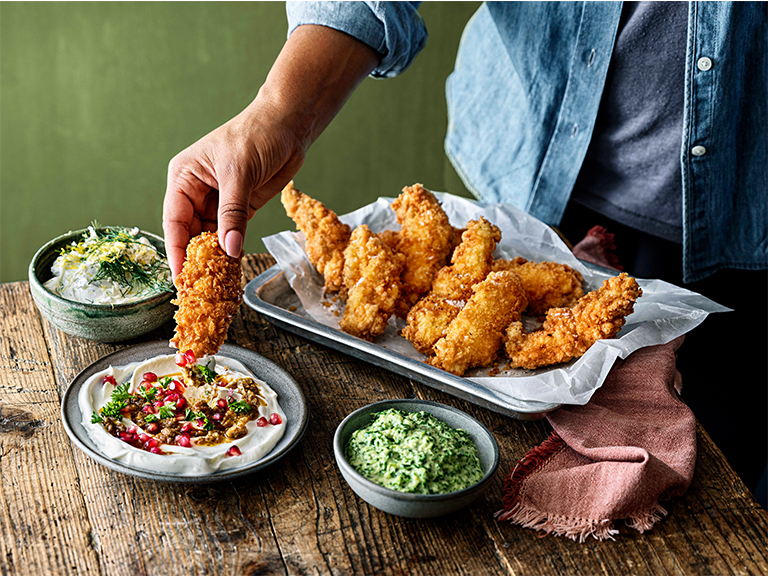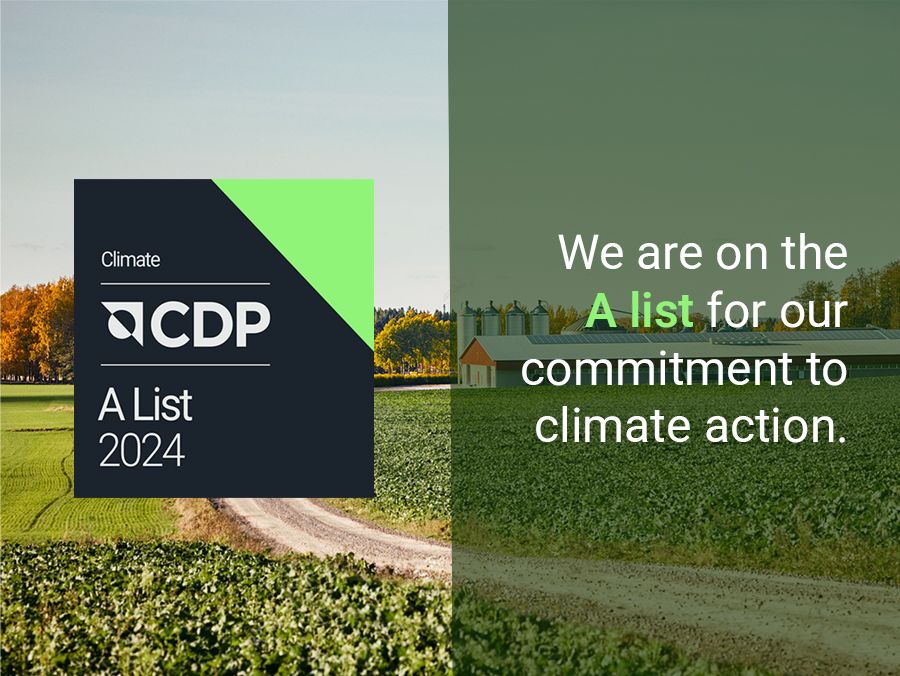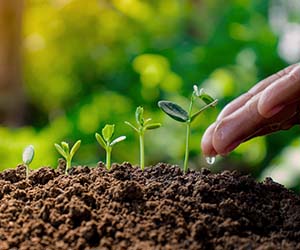
Chicken – A Smart Protein for a Sustainable Future
As the world looks for smarter ways to feed a growing population, chicken is stepping up as a protein that makes sense – for people, for the planet, and for the future. It’s nutritious, affordable, and leaves a lighter footprint than many other meats.
What we eat matters. Chicken production emits up to 90% less greenhouse gases per kilo than beef – a major win for the climate. Thanks to chickens’ efficient feed use and low methane emissions, this protein choice helps reduce agriculture’s contribution to global emissions, which currently stands at around 25% (IPCC).
Source: Open list – an excerpt from the RISE climate database for food v 2.3
Packed with Goodness, Light on Resources
Chicken delivers high-quality protein, B vitamins, selenium and more – all in a lean, tasty package. It’s also one of the most accessible and affordable animal proteins out there. And because chickens need less feed, land, and water, they support a more resource-smart food system.
A Clear Consumer Favorite
People are already making the shift. In the Nordics and Ireland, chicken consumption rose by 44% between 2010 and 2023 – and the trend continues. Why? Greater awareness of the climate impact of food, health-conscious choices, and the versatility chicken brings to everyday cooking.
Scandi Standard’s Commitment
At Scandi Standard, we’re proud to lead the way in responsible chicken production. We work closely with our farmers to protect animal welfare, reduce the need for antibiotics, and keep our operations secure. Across our sites, we invest in renewable energy and circular solutions to cut waste and emissions. Everything we do is focused on long-term, sustainable value – for consumers, communities, and the environment.
Looking Ahead
The future of food needs to be smarter. By choosing chicken and working with care, we can nourish people while protecting the planet. At Scandi Standard, that’s the future we’re working towards.
Read more about our sustainability efforts here.


